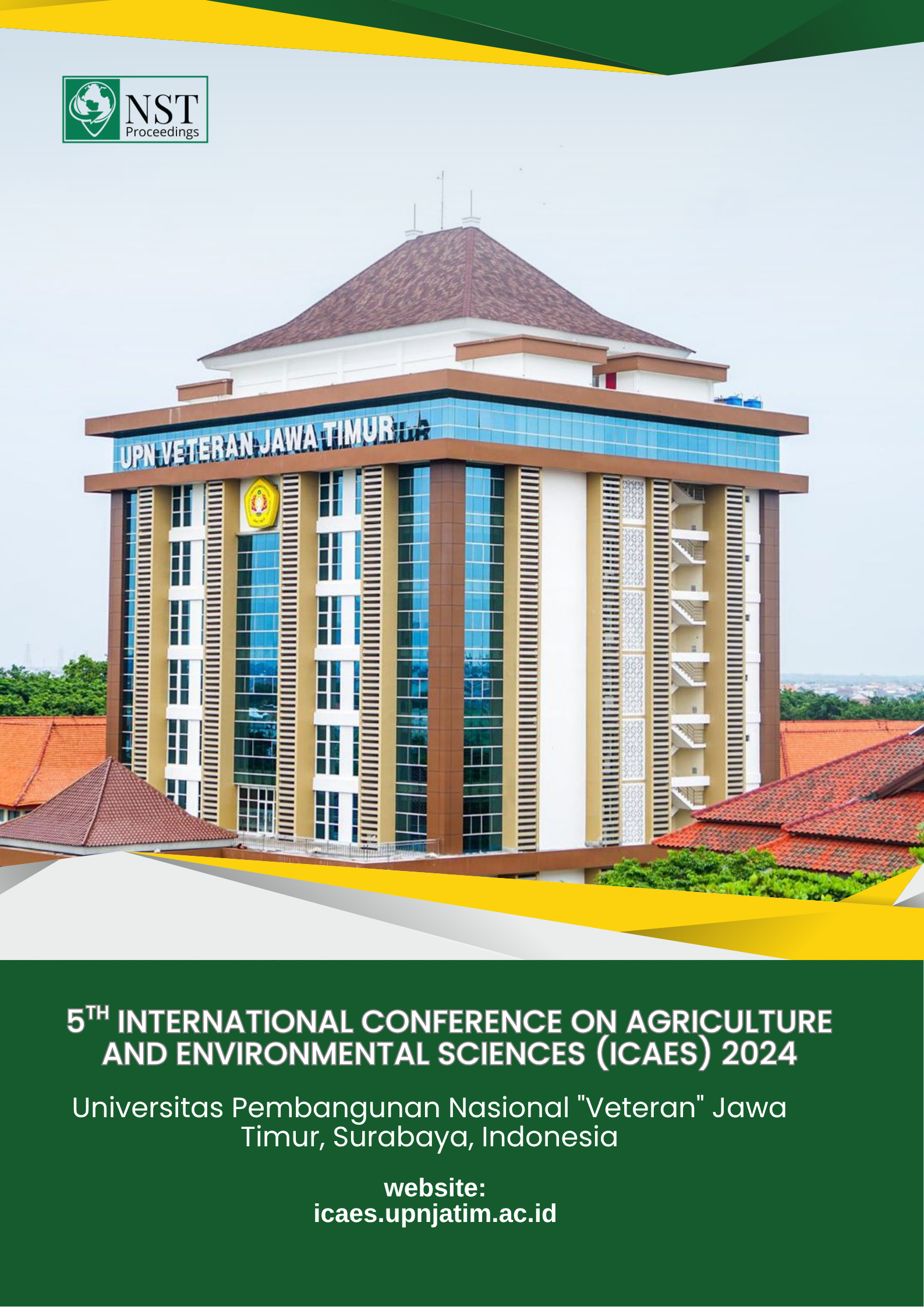Marketing Analysis of Curmora Flakes Product as a Nutrient Complement to Prevent Stunting Using a Business Model Canvas Approach
DOI:
https://doi.org/10.11594/nstp.2025.4907Keywords:
Curmora Flakes, Stunting, Nutrient Complement, BMCAbstract
Stunting is a serious health problem in Indonesia, especially in children under the age of five. Curmora Flakes product as a nutritional supplement to prevent stunting requires the right marketing strategy to reach the appropriate target market. This study aims to analyze the marketing of Curmora Flakes using the Business Model Canvas (BMC) approach, in order to identify and evaluate key elements in the business model of this product. The research method used is a descriptive study with a qualitative approach. Data were collected through in-depth interviews, observations, and document analysis. Each element in the BMC, namely Customer Segment, Value Proposition, Distribution Channel, Customer Relationship, Revenue Stream, Key Resources, Key Activities, Key Partnerships, and Cost Structure were analyzed to understand the contribution of each component to the marketing success of Curmora Flakes. The results of the study indicate that Curmora Flakes has a strong value proposition as an effective nutritional supplement to prevent stunting. The main customer segment is families with toddlers who are vulnerable to stunting. Optimal distribution channels involve collaboration with health centers, clinics, and local communities. Good relationships with customers can be built through education and health campaigns. Opportunities for increasing revenue streams were identified through direct sales and partnerships with government and non-governmental organizations. In conclusion, the Business Model Canvas approach provides a comprehensive framework for designing an effective marketing strategy for Curmora Flakes. Implementation of the right marketing strategy is expected to increase product acceptance in the market and contribute to reducing stunting rates in Indonesia.
Downloads
References
Badan Pusat Statistik Kabupaten Bone. (2023). Kecamatan Kahu dalam angka 2023. BPS Kabupaten Bone. Bone.
Food Agriculture Organization of the United Nations. (2023). URL: http://www.fao.org/faostat/data/QC. Diakses pada tanggal 12 Juni 2024.
Global Nutrion Report. 2020. Action on equity to and malnutrition. Development Initiatives. Bristol.
Kemenkes RI dan Studi Kasus Gizi Indonesia (SSGI). (2022). Buku saku: Hasil studi status gizi Indonesia tingkat nasional, provinsi dan kabupaten/kota tahun 2022. Kementerian Kesehatan RI. Jakarta.
Li, F., Wei, Y., Zhao, J., Zhang, L., & Li, Q. (2022). In vivo pharmacokinetic study of a cucurbita moschata polysaccharide after oral administration. International Journal of Biological Macromolecules, 203, 19-28.
Mashamaite, C.V., Ngcob, B.L., Manyevere, A., Bertling, I., & Fawole, O.A. (2022). Assessing the usefulness of moringa oleifera leaf extract as a biostimulant to supplement synthetic fertilizer: A review. Plants, 11(17), 2214.
Panjaitan, T.W.S., & Rosida, D.A. (2021). Tekstur, kadar ?-Karoten dan kalsium flakes dengan formulasi tepung labu kuning dan daun kelor. STIGMA: Jurnal Matematika dan Ilmu Pengetahuan Alam UNIPA, 14(01), 28-33.
WHO. (2023). Levels and trends in child malnutrition: UNICEF/WHO/World Bank Group joint child malnutrition estimates: key findings of the 2023 edition. World Health Organization. Geneva.
Downloads
Published
Conference Proceedings Volume
Section
License

This work is licensed under a Creative Commons Attribution 4.0 International License.
Authors who publish with this proceedings agree to the following terms:
Authors retain copyright and grant the Nusantara Science and Technology Proceedings right of first publication with the work simultaneously licensed under a Creative Commons Attribution License that allows others to share the work with an acknowledgement of the work's authorship and initial publication in this proceeding.
Authors are able to enter into separate, additional contractual arrangements for the non-exclusive distribution of the proceedings published version of the work (e.g., post it to an institutional repository or publish it in a book), with an acknowledgement of its initial publication in this proceeding.
Authors are permitted and encouraged to post their work online (e.g., in institutional repositories or on their website) prior to and during the submission process, as it can lead to productive exchanges, as well as earlier and greater citation of published work (See the Effect of Open Access).














